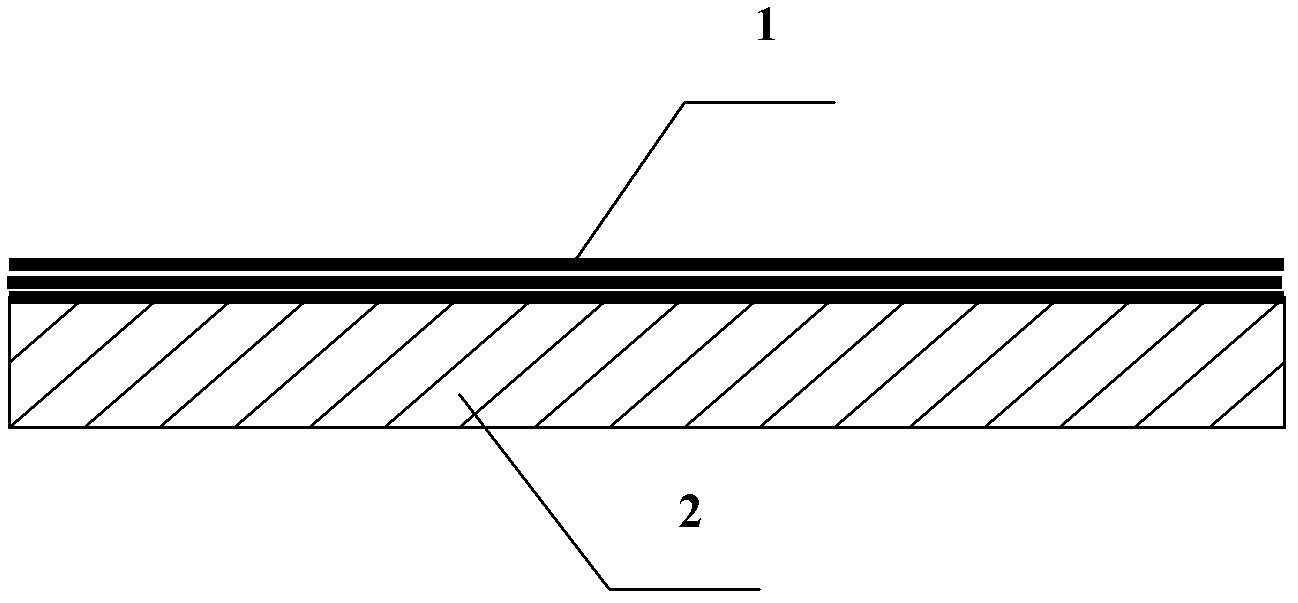Method for preparing radar wave-absorbing composite material based on carbon nanometer film
A carbon nano-film and composite material technology, applied in the field of material science, can solve the problems of difficult forming of composite materials, increased viscosity of polymer matrix, and inability of absorbing composite materials to meet engineering application requirements.
- Summary
- Abstract
- Description
- Claims
- Application Information
AI Technical Summary
Problems solved by technology
Method used
Image
Examples
Embodiment 1
[0025] (1) get carbon nanotube and triton-X100 and mix by 1: 10 ratio, wherein select commercially available nickel-plated multi-wall nickel-plated carbon nanotube for use, its diameter is 8-15nm, length is 50 μ m, nickel content is 60% ;
[0026] (2) Put the mixture of carbon nanotubes and anionic surface dispersant into a mortar and grind for 40min, pour into a beaker, add plasma water until the concentration of carbon nanotubes is 0.03wt%, and the concentration of surface dispersant is 0.3wt%;
[0027] (3) Pour the mixed solution into a magnetic stirrer, control the temperature below 60°C, disperse for 60 minutes, and defoam for 40 minutes;
[0028] (4) Add graphene oxide (the mass ratio of carbon nanotubes: graphene oxide is 10:1) into plasma water, prepare a solution with a concentration of 1 mg / ml, and disperse it ultrasonically for 60 minutes;
[0029] (5) The carbon nanotube / graphene oxide dispersion liquid is divided into test tubes, and then ultrasonically disperses...
PUM
 Login to View More
Login to View More Abstract
Description
Claims
Application Information
 Login to View More
Login to View More - R&D
- Intellectual Property
- Life Sciences
- Materials
- Tech Scout
- Unparalleled Data Quality
- Higher Quality Content
- 60% Fewer Hallucinations
Browse by: Latest US Patents, China's latest patents, Technical Efficacy Thesaurus, Application Domain, Technology Topic, Popular Technical Reports.
© 2025 PatSnap. All rights reserved.Legal|Privacy policy|Modern Slavery Act Transparency Statement|Sitemap|About US| Contact US: help@patsnap.com

